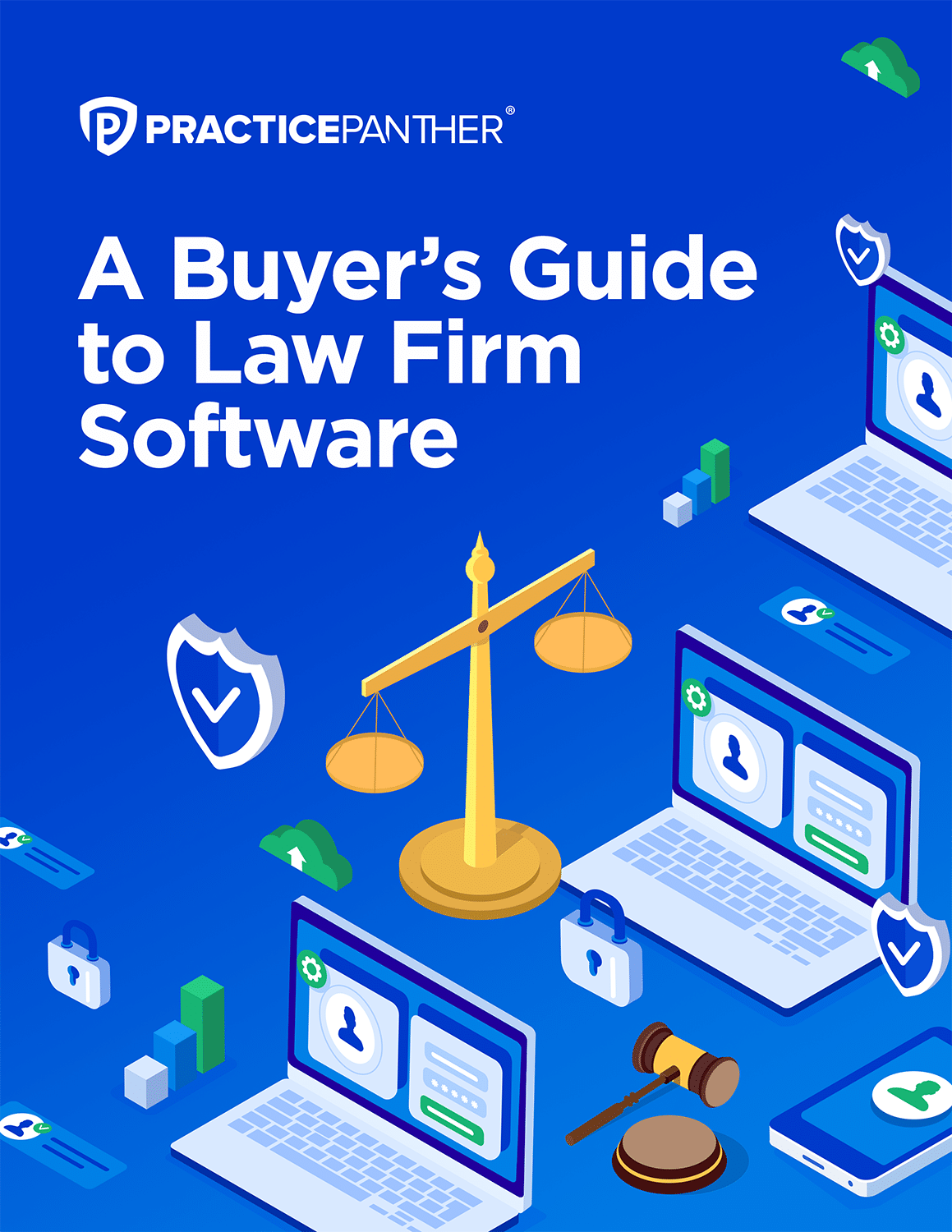Are you considering what the next level in legal practice looks like for you? You’ve come to a place in which you have navigated the current responsibilities with finesse and excellence. You’ve culminated years of hard work, dedication, and accountability, creating advancement for your firm and clients. Now, you aspire to have a more significant say in decision-making, share in the firm’s profits, and achieve higher prestige and influence within the legal community.
In the legal hierarchy, being a partner in a law firm is a great way to advance your career! Understanding law firm partnership structures may be essential for you to consider now. It shapes roles, profits, and career paths, impacting your journey in the legal profession.
Explore what it means to be a partner, the path toward partnership, equity vs. non-equity partnerships, multi-tier partnerships, salaried partnerships, and consider the ever-changing perspective on partnership within the legal field to make an informed decision and excel in your legal career.
What Is a Partner in a Law Firm?
The term “partner” holds significant weight and importance in the world of law. The reason is that partners are lawyers who buy into the firm. When another lawyer invests in the firm, they actively contribute to its revenue generation in exchange for proportional ownership and share of profits.
Partners are pivotal in shaping the firm’s trajectory, making critical decisions, and sharing in its successes. As a partial owner, law firm partners usually run the firm and manage day-to-day responsibilities. Now that you know what a partner is, it is time to consider the path to partnership.
How Do Lawyers Become a Partner?
Becoming a law firm partner is a significant legal career milestone, embodying years of dedication and expertise! It is wise to note becoming a partner is not a guarantee. There is no right or sure way of obtaining this distinction.
An surefire way to bring your vision to fruition is by allowing yourself to shine brightly within your practice expertise. Here are some things you can do to position yourself for success.
- Learn your firm’s organizational structure and path toward promotion.
- Increase your value within the firm.
- Develop your legal character by sharpening the soft skills you excel at.
- Focus on improving your firm’s operational proficiency.
- Elevate the firm’s Client-centered approach by strengthening client relations.
- Identify a specialty practice area and dominate your niche within that legal space.
- Serve your community by volunteering in Pro Bono cases and excelling access to justice.
- Align your Continued Learning Education (C.L.E.) courses with the specialty practice area you chose.
- Brand yourself:
- Write articles relating to your specialty practice.
- Book speaking engagements relating to your specialty practice.
- Use social media to display your skill and expertise.
- Track your effectiveness and be able to evidence your abilities quantifiably and qualitatively through visual means. Such as via reports, self-evaluations, billable hours, and client compliments.
- Find a great mentor who can enlighten, motivate, empower, and challenge you!
Types of Partnership Structures in Law Firm
In legal practice landscape, attorneys encounter a multifaceted array of partnership structures within law firms. Often shrouded in varying degrees of complexity, these structures dictate the nature of an attorney’s role, financial involvement, and decision-making influence.
Traditional Structure (Single-Tier Approach)
Traditional law firm partnership frameworks prioritize experience and encourage client acquisition for sustained success. These models typically adhere to a single-tier structure, where:
- Firms promote senior lawyers to partnership status based on years of experience and contribution.
- Equity partners receive a share of profits and enhanced decision-making authority in exchange for a financial buy-in.
- Profit distribution methods vary across firms, contingent on their unique structures and sizes.
Each model carries its unique implications, shaping not only an attorney’s career but also the firm’s identity and future.
Two-Tier Partnerships
Larger law firms may have a two-tier partnership structure consisting of equity partners and non-equity partners. This allows for a clear distinction between ownership and non-ownership roles.
- Equity Partners: They have ownership stakes in the firm, share in the firm’s profits and losses, and often have voting rights in major decisions. As an Equity Partner, you may have to provide a significant financial investment.
- Non-equity partners (Known as income partners): They usually don’t have ownership stakes but are recognized as having a higher status than associates. Non-equity partners receive a fixed salary or a performance-based compensation package. They also may have fewer decision-making powers but still play crucial roles in the firm.
Multi-Tier Partnerships
Multi-tier partnerships introduce a hierarchical system to differentiate between equity and non-equity roles. In some firms, partnership structures may include multiple tiers with various levels of seniority and responsibilities. This can accommodate attorneys at different career stages. These roles usually include equity partners, income partners, and junior partners.
Salaried Partnerships
Non-equity partners are typically Senior attorneys who are given the title of partner but don’t have equity ownership. They are considered to have a Salaried partnership position. Salaried partners draw a fixed salary, which offers these partners stability and balance in return for their contributions.
Equity-Only Partnerships
Equity-only partnerships represent a distinctive model within law firms, signifying a departure from traditional structures. Equity-only partners hold a vested ownership stake in the firm but do not receive a fixed salary in these partnerships. Instead, their compensation is directly linked to the firm’s profits, directly reflecting their contributions.
The unique allure of Equity-only partnerships lies in the potential for substantial financial rewards. Equity partners benefit significantly from the Firm’s success, as their earnings are intrinsically tied to the bottom line. As you may think, this structure also comes with inherent risks, as partners’ income can fluctuate based on the Firm’s performance
All partners are equity partners. No matter the partner’s interest, the decision-making authority is shared among all partners.
Flexibility in Law Firm Partnerships
Adapting to a changing legal landscape demands a nuanced approach, and flexibility in law firm partnerships is paramount. Law firm partnerships must be highly flexible and tailored to the firm’s goals, size, practice areas, and legal industry trends and dynamics.
Maintaining this flexibility enables law firms to navigate the ever changing client needs, market dynamics, and technology advancements effectively. It empowers you to explore diverse partnership structures, compensation models, and client engagement strategies, ultimately fostering innovation and resilience in the legal environment.
Outlook on Partnership Structures
Partnership structures constantly evolve based on changes in the legal industry and are shaped by a dynamic interplay of factors such as client needs, technological developments, and more.
There is a noteworthy shift in the priorities of many law firm partnerships evidenced by their greater emphasis on:
- Business development. Law firms are increasingly valuing partners who excel in business development. This strategic focus allows firms to thrive in a competitive legal landscape.
- Diversity and inclusion. Many partnerships prioritize diversity and inclusion efforts because they recognize the importance of diverse perspectives. Inclusivity reflects societal values and enhances a firm’s ability to address a broader range of client needs.
- Flexibility in work arrangements. Partnerships are embracing flexible work arrangements, catering to the needs of attorneys and enabling them to achieve work-life balance without compromising productivity.
- Technological advancements. Rapid technological developments are revolutionizing legal practice. Partnerships that embrace and invest in cutting-edge technology gain a competitive edge, streamlining processes and delivering enhanced client services. PracticePanther is one of the top choices for managing partners to streamline their law firm’s day-to-day operations and improve efficiency.
The journey to partnership is no longer a one-size-fits-all path. The diverse array of partnership structures available demands a multifaceted approach. Irrespective of the chosen model, the path to partnership transcends legal prowess alone. You must demonstrate an aptitude for client acquisition, a keen business acumen, a deep understanding of your firm’s specific partnership structure, and an unwavering commitment to setting yourself apart.






